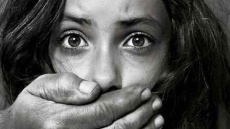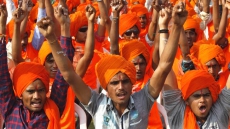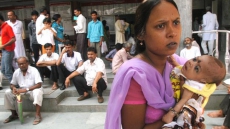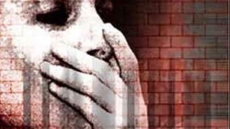India needs to take urgent action following a sharp fall in its child sex ratio, a United Nations report said Tuesday.
The study named "Sex Ratios and Gender-Biased Sex Selection: History, Debate and Future Directions", says the child sex ratio in India has deteriorated from 976 girls to 1,000 boys in 1961, to 927 girls in 2001 and to 918 girls in 2011.
The report has been constituted by the United Nations Women with support from the United Nations Population Fund (UNFPA).
UN Women is the United Nations organisation dedicated to gender equality and the empowerment of women.
It also says India is among the few countries where the Infant Mortality Rate (IMR) for girls is worse than boys.
The other countries are Nepal and Bangladesh.
Speaking at the report launch, Lakshmi Puri, deputy director of UN Women, said: "Gender-biased sex selection is first and foremost a reflection of how our society values girls and women."
"The deteriorating child sex ratio demonstrates the economic and social progress in the country has had minimum bearing on the status of women and daughters in our society," she added.
The report offers practical suggestions to advance research and understanding on the subject by focusing on different areas such as family and household, education, labour and employment and institutions that directly or indirectly aid or fight the practice of sex selection.
"India has witnessed many critical initiatives made by the government, academia and civil society to understand and resolve the issue of gender-biased sex selection. The report bears testimony to the research work thus far, and points to the wisdom that we can build on for evolving a definitive response to skewed sex ratios in India," said Frederika Meijer, representative of UNFPA to India.
The report also provides a brief overview of the sociological and ethnographical areas of study, including the role of civil society and the state, and changing familial patterns.






